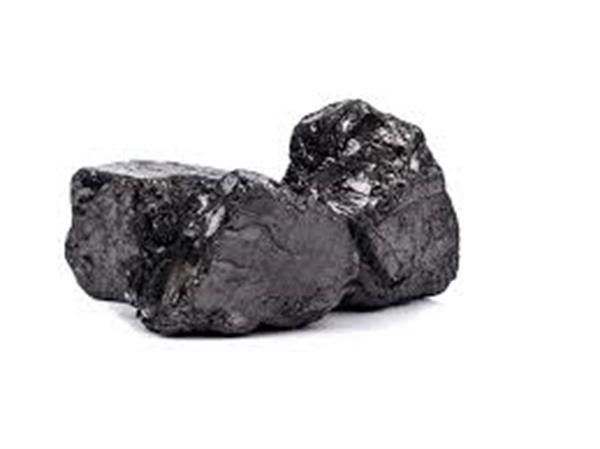Coal is formed from the remains of trees, shrubs and other living plants. The growth of these plants took place in periods when the earth’s climate was mild and humid. Although some coal mines were formed 400 million years ago during the Silurian period (Silurian, Silurian appeared in the third period of the first geological period (characterized by the emergence of terrestrial plants), but most of this The reserves formed about 250 million years ago, in the Upper and Lower Carboniferous periods (Carboniferous, the Carboniferous or Coal Period is the part of time that dates back to the end of the first geological period and begins about 345 million years ago).
Then, the conditions were created for the growth of huge tropical grain ferns and giant flowerless trees in large swamps. After drying and extinction, these plants fell into the swamps, and due to the release of oxygen, anaerobic decay was accelerated. Vegetation turned to sludge-like material called peat. Depending on the degree of spoilage, the peats were brown and spongy, some black and compacted. It dried and hardened under pressure and turned into peat (lignite or lignite, also known as brown coal).

Further pressure and over time created bituminous coal, which was converted to 0.3 m of coal every 6 m thick of the first plant sediment. Even greater pressures due to the folding of the earth’s crust into massive mountain ranges created the hardest and finest coal, anthracite. The quality of coal is determined by the ratio of the amount of stabilized carbon to the amount of moisture and volatile matter (a substance that is converted to gas by heat).
Types of coal
- Anthracite: This type of coal is divided into the following types:
- Meta-anthracite: Contains 98% of fixed carbon and 2% of volatiles. This type of coal is rare and has no fuel efficiency.
- Anthracite: Contains 91% to 92% of fixed carbon and 2% to 8% of volatiles in gray and burns with a short pale blue flame with an odor. It does not form coke from burning. Its fuel value is less than anthracite or high quality bitumen coal.
- Anthracite toxicity: Contains 86% to 92% of fixed carbon and 8% to 14% of volatiles. Due to the increase in the percentage of volatiles in it, it burns with a short yellow flame and because it burns faster than anthracite, it has more efficiency and fuel consumption.
- Bituminous coals:
- Low volatile bitumen coal: It has 76% to 78% fixed carbon and 14% to 22% volatiles and burns without smoke.
- Medium volatile bitumen coal: 69% to 78% fixed carbon and 22% to 31% volatile material, burns without smoke.
- High volatile bitumen coal: has a heat output of 12.1 to 14.8 Mj.
- Coal Post:
- This type of coal (also known as black lignite) is divided into three categories with a heat output between Mj8.8 to Mj12.1.
- Coal groove:
- This type of coal is volatile and high in hydrogen and burns with long flames and very high temperatures. Due to the lack of fatty substances, it has a regular texture and grain that is not found in other types of coal. This type of coal breaks like glass and has a density of 1.2 to 1.3 grams per cubic centimeter.
- Lignite:
- This type of coal is automatically divided into two groups, one is the lignite group and the other is the brown coal group. The physical and chemical properties and even the color of both groups are very close. So that one may be mistaken for another. The heat capacity of lignites is less than Mj8.8.
Minerals found in all types of coal
In addition to the organic matter in coal, which remains in the process of coal formation as plant material evolves, it also contains minerals.
- Sulfur: It is found in 0.3 to 0.5% of coal and may be much higher in this type of coal.
- Chlorine: Probably present as sodium chloride in coal, which decomposes when coal is heated by silica in coal ash and is released as hydrogen chloride gas. Hence, it may cause corrosion and damage to boilers and heating furnaces.
- Phosphorus: In most types of coal there is a small amount of calcium phosphate. The amount determined in chemical analysis by P4O10 varies between 0.1 and 1.25%.
- Nitrogen: In small amounts in coal in the form of aromatic nitriles, pyridines and pyrroles. Nitrogen-rich coals usually burn with a high flame. About fifteen percent of the nitrogen in coal is released as ammonia. Five percent remains in the coke and about five percent is released into hydrogen cyanide and the rest as other gases.
- Ash: From the burning of all types of coal, a non-combustible solid remains, which is mainly of mineral origin.